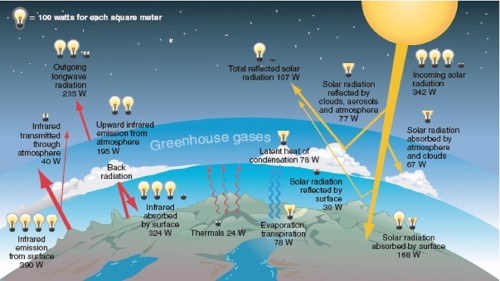Theodore McHardy will be visiting campus to discuss his experiences in the field of Meteorology as well as the fundamentals of the subject as interesting examples of applied math and physics principles.
Meteorology, or the study of the Earth’s atmosphere, encompasses tomorrow’s weather forecast as well as the global climate of the past 100 years. The processes that dictate these important characteristics of the planet we inhabit are fundamentally based on applied principles from mathematics and physics, including (but not limited to!) fluid dynamics, thermodynamics, electromagnetic radiation, and chemistry. These principles work on spatial scales spanning micrometers to thousands of kilometers to transfer energy across the globe, the full spectrum of which contribute to the formation of destructive thunderstorms and hurricanes, creating the perfect location for growing Pinot noir grapes, and the declining sea ice coverage in the North Pole. This talk will cover some of the fundamentals of meteorology as interesting examples of applied math and physics principles — why radiation is the most important part of meteorology (in my opinion), fluid dynamics on a planet-sized rotating oblate spheroid, and how clouds form. A deeper dive into atmospheric remote sensing will cover topics such as radiative transfer in the atmosphere and passive and active remote sensing of clouds and aerosols. Finally, I’ll discuss my path through grad school, my experience as an early career scientist, and the cool things I’ve researched along the way.
Join us on Friday, Apr. 18, for this exciting presentation from Theodore McHardy. Lunch will be available in Hayes 216 from 11:45 a.m. to 12:15 p.m. and the presentation will begin in Hayes 211/213 at 12:10 p.m. We hope to see you there!
